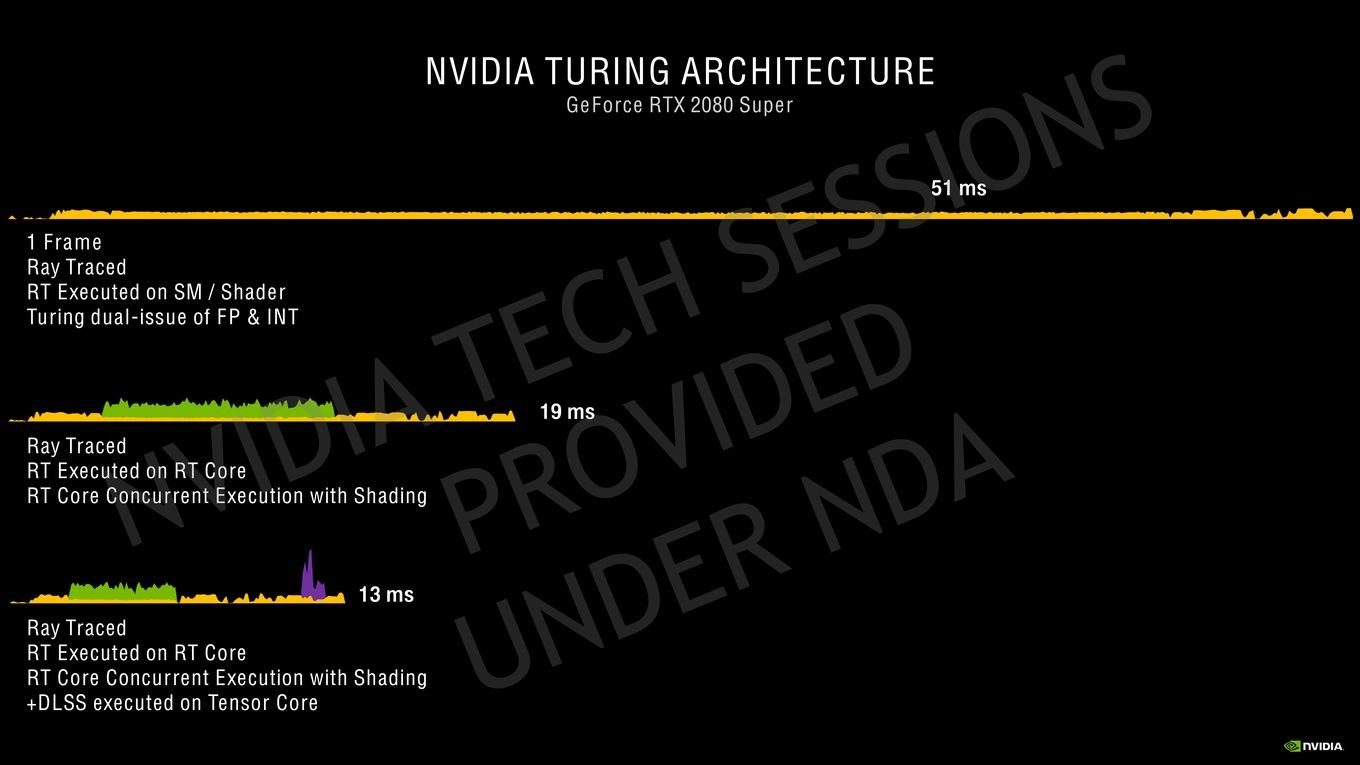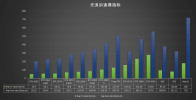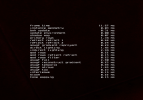So, I remember speculation during the Turing generation here about whether and when RT only games would start to appear. We're now getting close to the 2nd generation after Turing (so 3rd generation RT hardware on NV's side) and the only game requiring RT (that I'm aware of) is an enhanced edition of a game from 2019 (development started in 2014) which also has a version that doesn't require RT. So technically you don't need RT to play the game but you do need RT to play that version of the game.
I do wonder now whether or not we'll see any AAA developer even attempt a game that requires RT until the next console generation as AAA game revenue and budgeting is so reliant on consoles and an RT only game on console is likely going to look like "last gen." game with RT, like Metro: Exodus. IE - we may not see a AAA developer attempt an RT only game until somewhere in the 2025-2030 timeframe (potential new console generation). More likely towards the latter part of that as I'm not currently aware of any AAA game in development that will require RT. Obviously, that doesn't mean there isn't one as I don't track all AAA games in development.
I do wonder if a non-AAA developer who might be less reliant on console gaming income would be more inclined to attempt a game that requires RT hardware in order to run, but then non-AAA developers are also more reliant on making their games available to the widest possible spectrum of hardware in order to attempt to get as many buyers as they can considering their limited consumer reach compared to AAA devs/publishers.
For me, that seems unfortunate as I'm really interested to see what a game would look like if it was crafted from the ground up with no requirement for any form of legacy lighting. I don't care about reflections nearly as much as I do about lighting, so I don't really care if they would still use legacy reflection techniques to save performance. BTW - when I reference RT only for a game, that's how I'm thinking about it. All the lighting in game done via hardware accelerated RT, but not reflections. Other people might also have reflections be included in that.

Reflections might be more difficult to pull off since not only are they more immediately noticeable, but it's also much easier to immediately notice how they don't look right if there are multiple reflective surfaces and reflections of reflective surfaces don't themselves show reflections. If I'm going to be seeing jarring (to me) discontinuities in the presentation of reflections, I'll personally just disable them or reduce their quality (IE - non-RT reflections) so that performance can go towards something more important to me, lighting.
Metro: Exodus while giving some hints isn't a great showcase for that due to the low geometric detail of the game combined with uneven use of the global RT lighting in game. For example, the lack of cinematic lighting compared to the base game meant the lighting in the game looked natural due to the global RT lighting but also flat in cinematic scenes due to lack of any attempt at cinematic style lighting. This was most noticeable on character faces during conversations where they might often not be in direct lighting or even be in shadow meaning it was harder to see facial detail or expressions. This is something I expect the art director and lighting teams will address once they have to contend with an RT only lighting path, and I'm really excited to see what they do here. And then the low geometric detail combined with fully RT'd lighting is itself jarring as that exposes just how low poly everything is and thus reduces the graphical impact of the game due to how RT lighting makes it far more noticeable.
I suspect that 4A Games might be the only AAA developer (borderline high AA developer in terms of budget) might be the only one to attempt a game that will require RT in order to have fully global RT lighting and visuals designed from the ground up for it. Although I do wonder if their need to sell well on consoles will make them second guess themselves on that. After all, will it be able to visually match and distinguish itself from the competition on consoles who would be able to dedicate more of their performance budget on other potentially more noticeable graphical improvements?
In many ways, it's unfortunate that the current generation of consoles is basically just using first generation RT hardware which will limit the ability of developers to create a game from the ground up that relies on global RT illumination. OTOH - it's probably still better than no RT support as even the limited RT hardware acceleration that the current gen consoles have is enough to at least allow developers to experiment with limited RT effects which can only help when the next generation of consoles come out and they can potentially start to think about creating a game centered around hardware accelerated global RT lighting combined with high density environmental detail.
Regards,
SB






